Tag: study
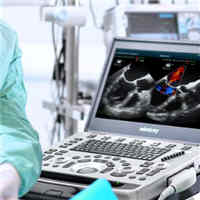
Diagnostic Accuracy of Point-of-Care Ultrasound for Shock
In this study, the identification of the etiology of shock by Point-of-Care Ultrasound (POCUS) was characterized by high sensitivity and a positive likelihood ratio, especially for obstructive shock. Hence, these findings... read more
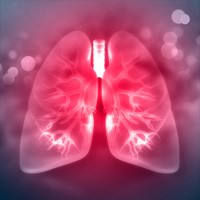
Barotrauma Rate Is 25% in ARDS Patients Receiving ECMO
Patients with acute respiratory distress syndrome (ARDS) receiving mechanical ventilation have a high risk of barotrauma, which often has poor prognosis and high mortality. Although ECMO should theoretically protect patients... read more

Environmental Impact of Single‑use and Reusable Items in CVC-insertion Kits
he use of CVC-insertion kits containing reusable metal instruments and reusable textiles offer a robust opportunity to reduce the environmental impacts and financial costs of CVC insertions in a European setting, compared... read more

Half of Healthcare Workers with COVID-19 Showed Up For Work
About 50% of healthcare workers with symptomatic COVID-19 showed up for work, indicating concern over high workload burden for coworkers and personal responsibility. The findings were published in Infection Control & Hospital... read more
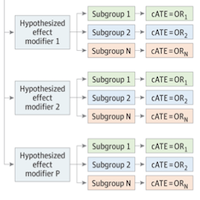
Heterogeneous Treatment Effects of Therapeutic-Dose Heparin in Patients Hospitalized for COVID-19
Randomized clinical trials (RCTs) of therapeutic-dose heparin in patients hospitalized with COVID-19 produced conflicting results, possibly due to heterogeneity of treatment effect (HTE) across individuals. Better understanding... read more

Family Centered Care At The EOL in the ICU
In the context of end-of-life (EOL) care in the intensive care unit (ICU), recent research has often focussed on patients' families. Studies have shown the importance of communication between ICU clinicians and families,... read more

Predicting Deterioration of Sepsis Patients Using Continuous HVR Analysis
We showed that continuous electrocardiograms (ECG) recordings can be automatically analyzed and used to extract heart rate variability (HRV) features associated with clinical deterioration in sepsis. The predictive accuracy... read more

Are Two Shocks Better Than One?
Overall, the trial conducted by Cheskes et al contributes meaningfully to our understanding of the use of alternative defibrillation strategies for refractory ventricular fibrillation before widespread incorporation of double... read more

Emergency vs. Delayed Catheterization in Survivors of OHCA
In this randomized clinical trial, for patients who experience an out-of-hospital cardiac arrest (OHCA) without ST-segment elevation on ECG, a strategy of emergency CAG was not better than a strategy of delayed CAG with respect... read more

Positive or Negative Prognostic Factor for Epidural Hematoma?
To our best knowledge, a typical epidural hematoma (EDP) prognosis is good if it is discovered quickly and managed. Therefore the presence of EDH is considered a positive prognostic sign in the Rotterdam, Stockholm, and the... read more
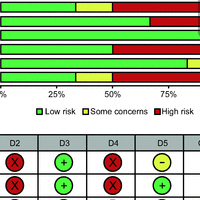
Postextubation Complications vs. Positive-Pressure Suctioning Techniques
Currently available studies that compared post-extubation complications in subjects managed with the positive-pressure and suctioning techniques were summarized. Further high-quality studies with a robust study design and... read more
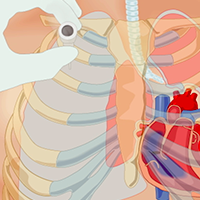
Tube Thoracostomy in Emergency Department
Using trauma video review we identified significant procedural variability in emergency department tube thoracostomy, mainly that hemodynamic abnormality led to lower proficiency scores and increased malpositioning. Efforts... read more

Troponins for SVT Set the Stage for Patient Harm
Many laboratory tests are routinely ordered for reassurance. We almost always order a hemoglobin and pregnancy test when a patient has syncope, despite knowing the vast majority will be normal. These tests are accurate... read more

Emergency Department Crowding Impact on Lung Protective Ventilation
Obtaining definitive control of the airway, when indicated, is the responsibility of the emergency medicine physician. Traditionally patients were managed on the ventilator with lung volumes of 10 – 15 ml/kg. However,... read more




